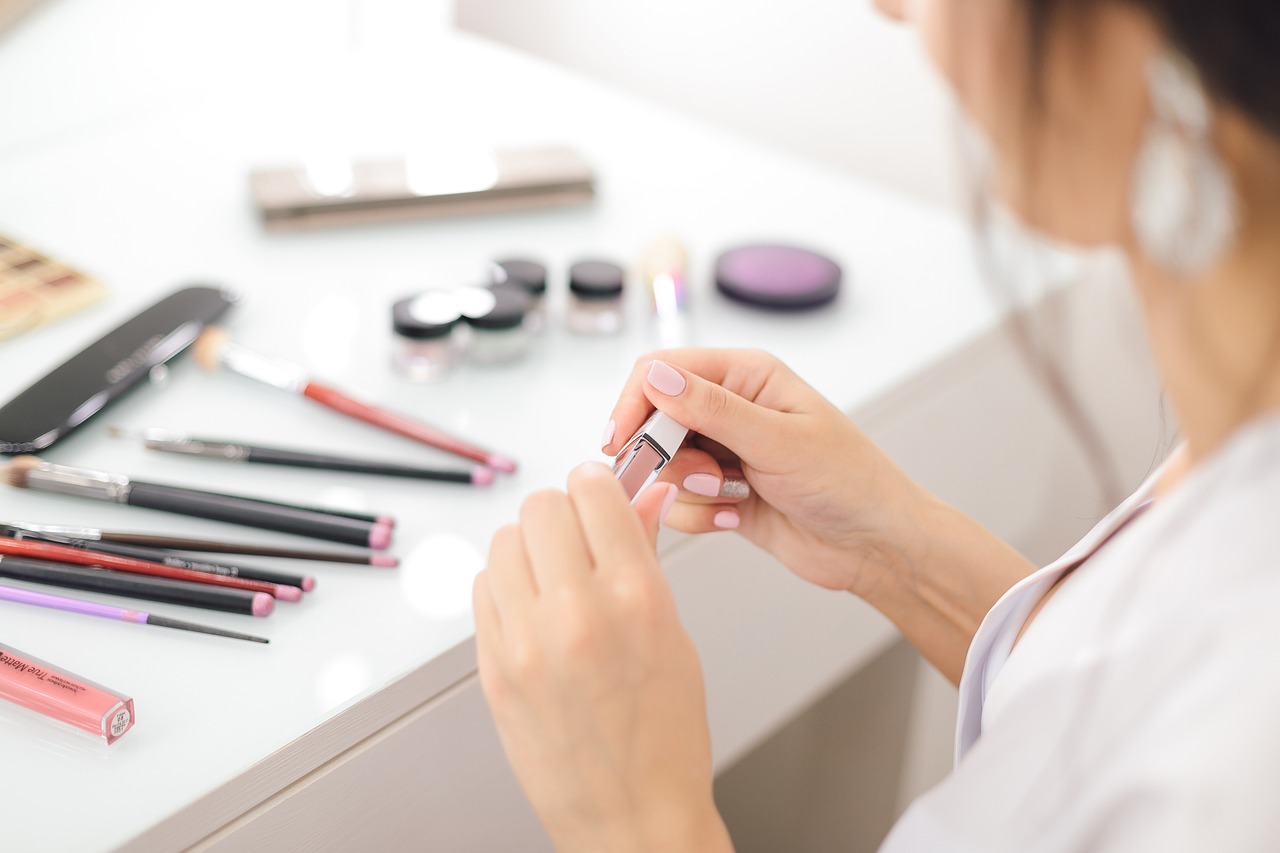
If you follow trends or use TikTok, you’ve likely heard of the “clean girl” aesthetic—a polished, minimalist look popularized on TikTok and Instagram. It features slicked-back buns, dewy skin, and minimal makeup to ‘enhance natural beauty,’ or so is claimed. Despite its effortless appearance, achieving the look requires plenty of effort—as well as time and money. With an emphasis on skincare products and glowy, barely-there makeup, this trend is a drastic contrast to the heavy “full glam” makeup seen in the late 2010s and the bold and dark “alt girl” style popular during the pandemic.
Trendy lifestyles or aesthetics often reflect the social and economic conditions of their time, with the “clean girl” aesthetic being no exception. The messy, colorful “indie sleaze” style of the 2010s, popularized by celebrities like Ke$ha, glamorized carefree partying and rebellion—likely a response to the ongoing recession of the time. Women were spending less on beauty products, bringing unkempt hair, grown-out roots, mismatched clothing, and drugstore makeup into fashion. Today, indie sleaze seems to be making a comeback, with celebrities like Charli XCX bringing party/rave culture back into the mainstream and a coincidentally declining economy and cost of living crisis making beauty products more and more of a luxury.
The clean girl aesthetic is an alternative response to the same economic hardship that helped shape trends like indie sleaze or brat summer. Instead of rejecting the standard of looking “put together” and its costs by embracing a messy look, the clean girl aesthetic remains polished and “clean” while disguising its cost. Traditional makeup staples like lipstick and eyeshadow are swapped for heaps of skincare, lip tints, and other products designed to create the illusion of effortless perfection—reinforcing the same beauty ideals through subtler, yet costly, means. It promotes a “low-maintenance” look that in actuality demands an extensive routine. In a time when many can’t afford such luxuries, it has become fashionable to flaunt one’s wealth through this understated approach to beauty.
Beauty products have been a point of debate within feminist theory for decades, with some terming it “the beauty dilemma.” It is traditionally argued that makeup is an imposed societal expectation, draining women’s time and money to enhance their greatest asset in the eyes of the patriarchy, beauty. Others of the choice-feminism perspective see it as a form of self expression in the modern age, a rebellion against male expectations. Somehow, the clean girl aesthetic challenges both perspectives.
Its “natural” no-makeup makeup look reinforces traditional beauty ideals, caters to the male gaze, and makes a nod to conservative, purity culture driven ideals that equate beauty to cleanliness and modesty. It removes any essence of self expression with little room for creativity or identity in the confines of the aesthetic. Most of all, it ignores the financial burden of “beauty maintenance” expected of women to look presentable. It enforces the expectation of effortless “natural beauty,” a set of unattainable western beauty standards that can only be achieved through costly means. Contrary to the protest of traditional beauty that seemed to be growing through the 2000s into the 2010s, it seems we’ve taken a step backwards.
Trends rejecting traditional standards of beauty are still around and may prove to become prominent and mainstream again, but the popularity of the “clean girl” aesthetic among Gen Z women implies an increased amount of conservatism among us, and a return to traditional values in our beauty regimes. Women are constantly expected to meet the beauty standards set before them, but once they invest any time or money to do so, they’re seen as vain or silly. The clean girl aesthetic reflects a surrender to this pressure, and I believe it’s a product of the growing conservatism within our generation and a direct result of the growing conservatism around us.
Edited by Shelby Sveiven
Image: Lubov Lisitsa, 2020 // Pixabay



Average Rating